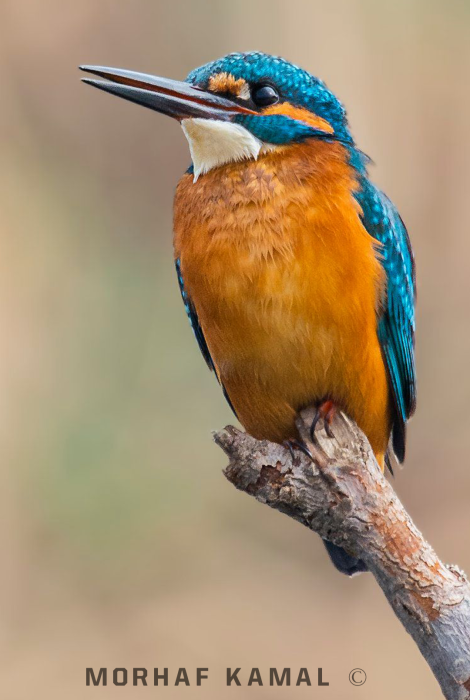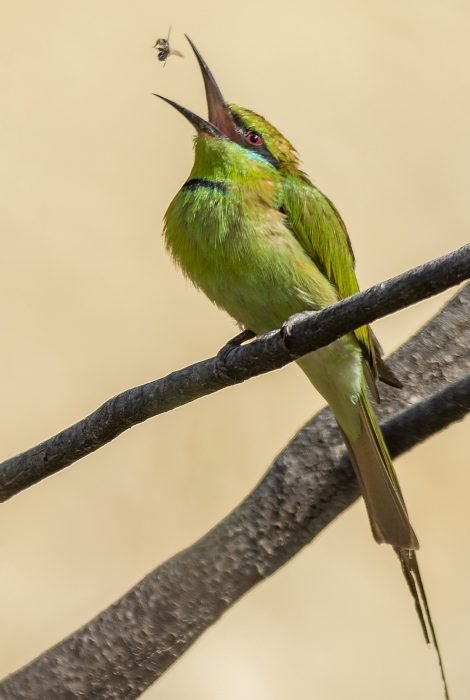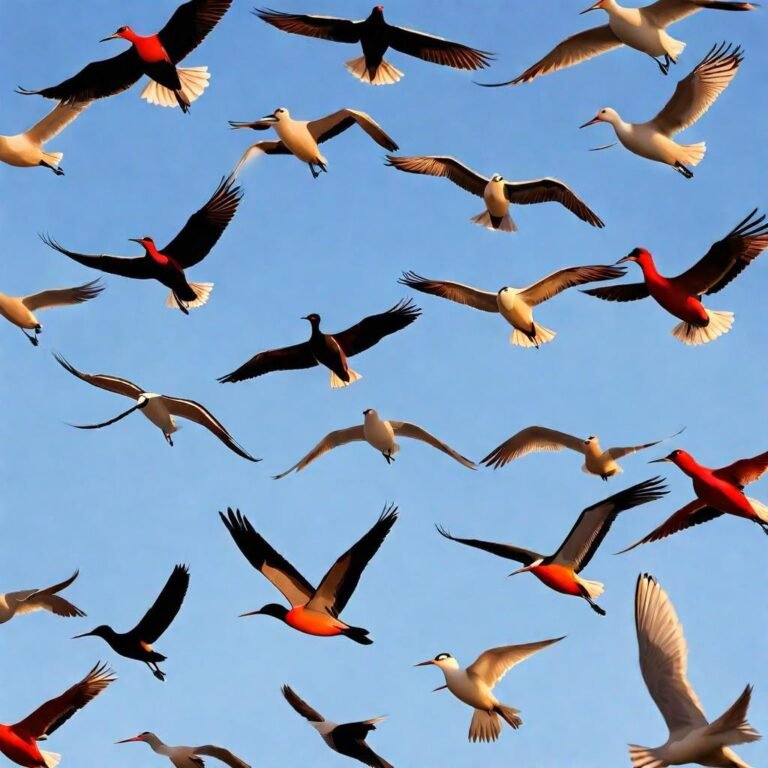
Plan. Travel. Get Excited.
Planning a successful wildlife photography trip requires careful consideration of several key factors to maximize your chances of capturing amazing shots. Here’s a structured approach:

Wildlife Hotspots
Research Wildlife Hotspots: Identify locations known for diverse wildlife. This could be national parks, wildlife reserves, or specific habitats.

Location programs
You must have the navigation devices and maps, and it is better to have mapping programs that work offline when access to the Internet is not possible.

Check Weather
Check Weather Conditions: Weather affects both wildlife behavior and photography conditions. Aim for clear skies or dramatic weather that can add interest to your shots.

Season and Timing
Choose the Right Season and Timing: Wildlife behavior varies by season. Determine when your target species are most active or visible, such as during migration,
Prepare Your Gear: Wildlife photography often requires specialized equipment:
– Camera and Lenses: Fast telephoto lenses (200mm or longer) are essential for capturing distant subjects.
– Tripod: Useful for stability, especially in low light conditions.
– Backup Batteries and Memory Cards: Ensure you have enough storage and power for a full day of shooting.
– Camouflage Clothing: Helps you blend into the environment and avoid startling wildlife.

Learn About Your Subjects
Research the behavior and habitat of the animals you want to photograph. This knowledge helps you anticipate movements and capture more natural shots.

Plan Your Shots
Think about the compositions you want to achieve. Consider angles, lighting conditions, and backgrounds that complement your subject.
Respect Wildlife and Regulations
: Always prioritize the well-being of animals. Respect guidelines regarding distance and behavior around wildlife. Your goal is to observe without causing disturbance.
Be Patient and Observant
Wildlife photography requires patience. Spend time observing animal behavior to anticipate moments worth capturing.
Be Flexible
Wildlife is unpredictable. Have a backup plan in case your primary location or subject doesn’t cooperate.
Post-Processing and Sharing
After your trip, spend time editing your photos to enhance colors, sharpness, and clarity. Share your best shots with fellow photographers or online communities
By following these steps, you can increase your chances of a successful wildlife photography ride while respecting the natural environment and its inhabitants.
await
Enjoy your time and preserve nature




Hey people!!!!!
Good mood and good luck to everyone!!!!!